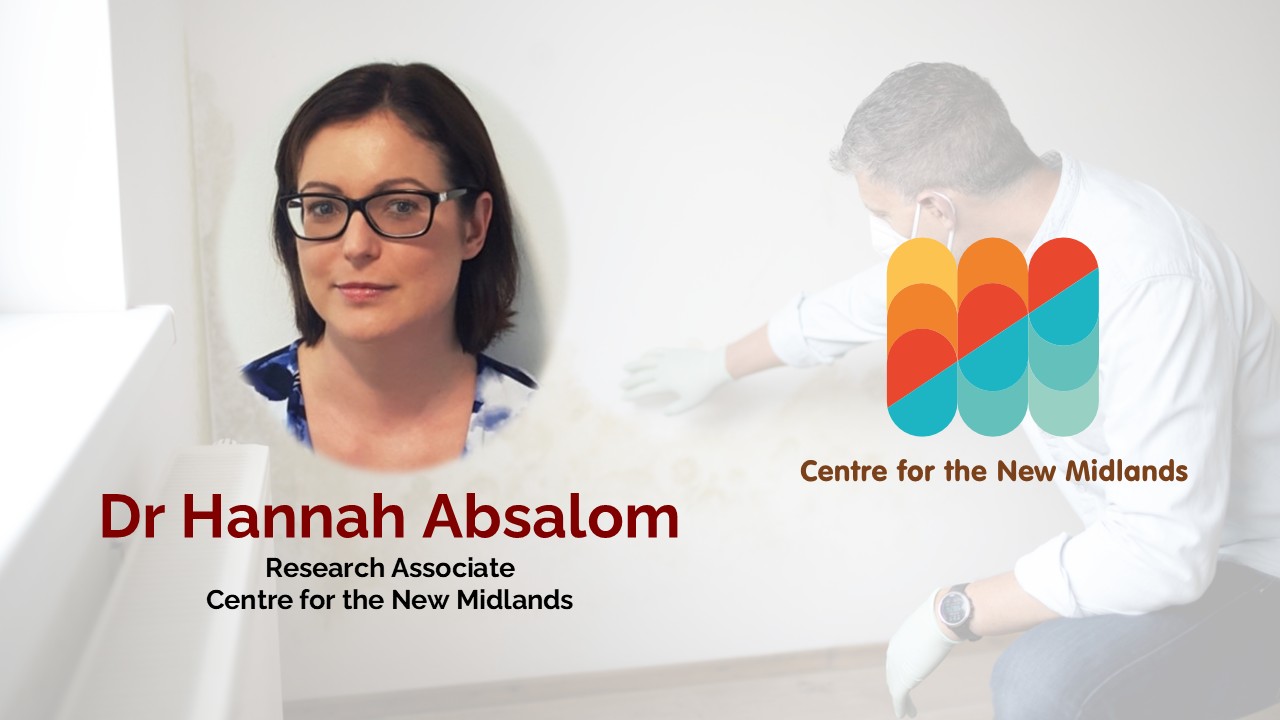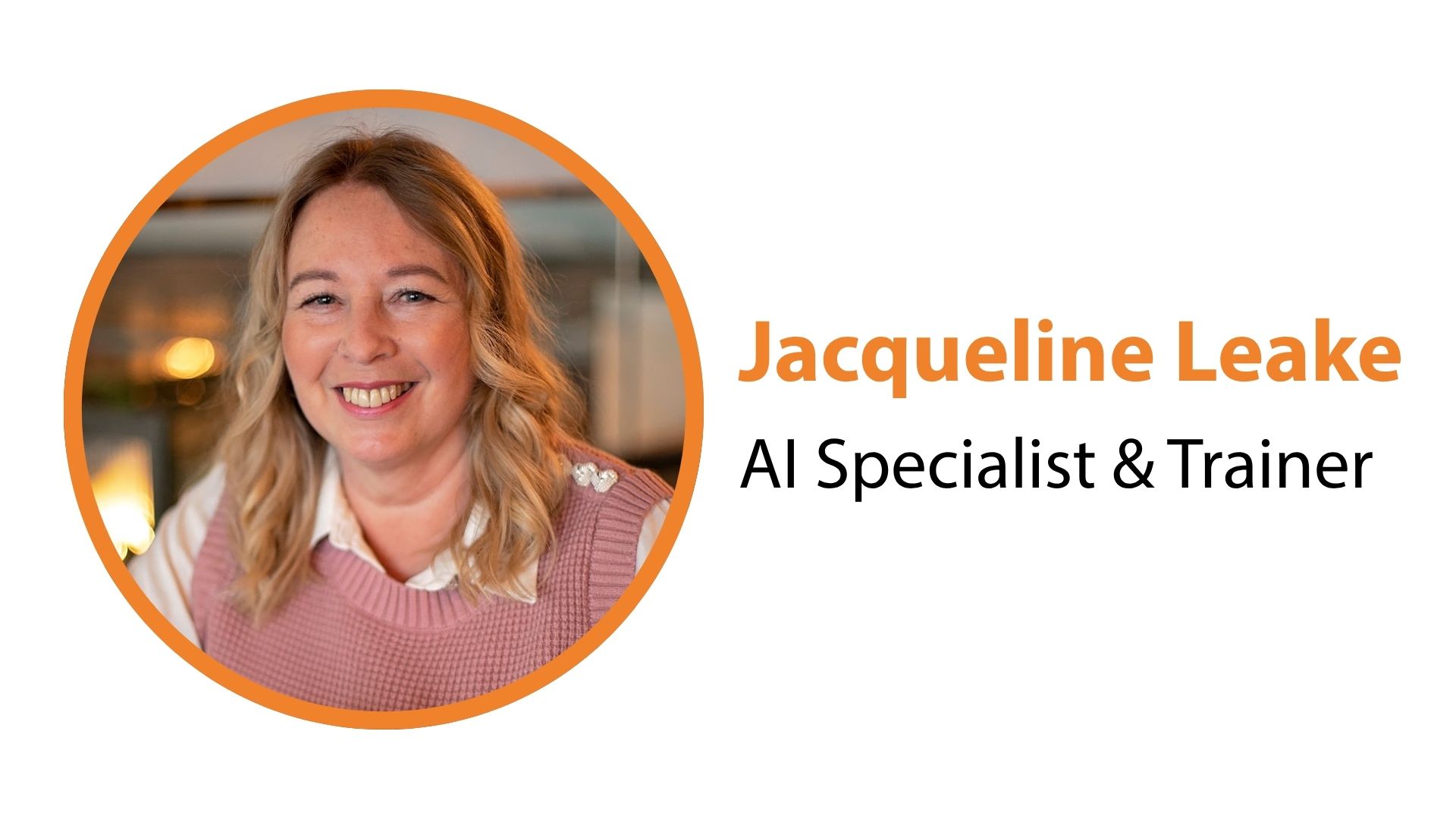In this article, Dr Hannah Absalom (Research Associate, Centre for the New Midlands) highlights the insights and feedback from a resonance workshop held on October 24, 2024, involving a tenant research panel focused on the Social Housing Quality Fund (SHQF) Evaluation report. This panel consisted of the same group of tenants who had earlier taken part in co-design workshops in May 2024. Those initial sessions played a crucial role in shaping the tenant survey and interview protocols used in the SHQF research.
During the resonance workshop, tenants reflected critically on the evaluation’s key findings and recommendations, drawing on their experiences and perspectives as social housing tenants and tenant researchers.
(November 2024)
In January 2023, the West Midlands Combined Authority secured the Social Housing Quality Fund (SHQF), supported by nearly £15 million, to tackle severe damp and mould in social housing properties across the region. The fund was allocated across seven local authorities, addressing persistent housing quality issues by improving ventilation, insulation, and heating systems. Landlords receiving funding adopted either a ‘whole house’ approach—investing in fewer homes with a comprehensive programme of works—or a ‘piecemeal’ approach, targeting only damp and mould across more properties managed by the landlord.
This evaluation, conducted by the Centre for the New Midlands, surveyed tenants and collected extensive data to assess SHQF’s impact on tenant health, property conditions, and the feasibility of scaling up interventions given the funding constraints housing providers face. Part of this research involved a resonance workshop with tenant researchers from the Feeling-at-Home[1] project, where tenants discussed the report’s findings and shared their insights on the serious and multifaceted impacts of damp and mould. Here’s what they want policymakers, landlords, and funders to understand as they plan for future investment in housing.
A whole-house approach is essential
A recurring theme among tenants was frustration with piecemeal repairs that fail to address root causes. Many tenants, based on past experiences with a patchwork approach repairs, preferred the whole-house approach, which promises long-term improvements for healthier and safer homes. However, tenants also acknowledged the challenges of limited funding and skills shortages in trades, which inhibit the adoption of such comprehensive repairs. With some of the oldest and poorest condition housing stock in Europe, a piecemeal approach will remain less desirable if systemic funding and skills shortage issues are not addressed.
Transparency in communication, data management, and processes builds trust
Tenants consistently emphasised that clear communication, data management, and record-keeping are crucial to building trust in landlords’ capacity to address damp and mould effectively. Common frustrations included missing information, inconsistent updates, jargon-laden explanations, unclear processes, and an over-reliance on passive monitoring technologies over collaborative approaches with householders. Tenants valued having a dedicated point of contact and found this approach led to higher satisfaction with completed works. Concerns were also raised about record-keeping and the ability of landlords to train and retain skilled repairs staff, skilled in understanding, installing and repairing old components and new environmental technologies.
Tenants highlighted how landlords are supposed to inform and instruct tenants on any new products that are installed. The purpose of the new items should be explained and how to use them. Ideally, a physical guide on how to use the new technology also provided. Several tenants reported that this was not happening. Effectively leaving tenants with new technologies and no guidance on how to use them.
Tenants expressed a need for ethical, long-term evaluation of new technologies introduced into their homes. They recommended co-design and early involvement in the installation and evaluation processes, particularly in the context of of a renewed focus on damp and mould and the growth of net-zero initiatives that see social homes as a test bed for new technologies.
Invest in healthier, safer homes as a matter of urgency
The health impacts of living with damp and mould are extensive, particularly for households with children and/or pre-existing health conditions. The SHQF evaluation highlights respiratory issues, chronic stress, and mental health struggles exacerbated by inadequate repairs. Tenants urged that damp and mould be addressed as serious health concerns, with the SHQF report noting that poor housing conditions cost the NHS around £1.4 billion annually. Broader societal costs are estimated at £18.5 billion per year. Investing in healthy homes for Britain goes beyond remedying damp and mould and preparing for a net-zero future; it is an investment in the nation’s health and wellbeing.
Tenant inclusion in decision-making adds value
Tenants desire greater inclusion in maintenance and investment works decision-making, as they are most affected when things go wrong. Feedback from the resonance workshop underscored the value tenants place on participatory approaches that allow them to influence repair priorities and solutions. They proposed joint monitoring and tenant-led inspections as feedback mechanisms to ensure quality standards. Tenants involved in the workshops reported how some repairs to treat damp and mould caused other problems; such as poor installed ventilation fans causing noise nuisance. Landlords are encouraged to proactively work with tenants to design better repairs and maintenance services, with an emphasis on working together to monitor the quality and long term impact of remedial works for damp and mould, and the use of newer environmental technologies.
Fuel poverty compounds long-standing issues in social housing
Rising fuel costs mean many tenants struggle to heat their homes adequately, worsening damp conditions. However, tenants stressed that issues with poor-quality repairs predate fuel poverty and are only compounded by it. The resonance workshop highlighted that a whole-house approach remains the best option for combating damp and mould. While costly, the long-term savings, in health costs and tenant wellbeing and protecting the value and quality of the housing associations’ assets’, justify the investment. Tenants also pointed to concerns in the private rented sector and the poorly regulated temporary accommodation sector, where disempowered tenants face similar challenges, but without the regulatory oversight that exists in the social housing sector.
Healthy Homes for Britain: A call for compassion and responsibility
Damp and mould in social housing are not just maintenance issues; they are matters of dignity, health, and respect. Tenants have made it clear that they want policymakers, housing providers, and funders to invest in their homes with the care they deserve. This requires embracing a whole-house approach, fostering transparent communication, working with tenants to develop better services and evaluate investment works over the longer term, and prioritising tenants’ health and wellbeing through long-term investment in Britain’s aging housing.
By heeding these lessons, policymakers’ and landlords’ can help create a future for social housing where every tenant feels at home—safe, secure, and valued. The nation’s health starts at home. Investing in high quality homes goes beyond treating damp and mould; it is a commitment to creating homes that support the future health and prosperity of us all.
[1] https://www.birmingham.ac.uk/news/2024/new-research-outlines-steps-to-make-social-landlord-home-visits-less-stressful
Absalom, H (2023). Feeling at Home: Changing the Story of Domestic Abuse. TAROE Trust and the Centre for Urban Wellbeing. https://www.birmingham.ac.uk/documents/college-les/gees/centre-urban-wellbeing/taroe-trust-feeling-at-home-v6.pdf
This is a personal blog post. Any opinions, findings, and conclusion or recommendations expressed in this article are those of the authors and do not necessarily reflect the view of the Centre for the New Midlands or any of our associated organisations/individuals.
ABOUT OUR AUTHOR:
Dr Hannah Absalom is an experienced practitioner and researcher in social housing, with 18 years in housing practice and six years dedicated to studying the intersections of behaviourism and more recently emotions and the home. She holds qualifications in Criminal Justice, social Research and Managing Volunteers. She has extensive experience in tenant advocacy. Currently, she is a Teaching Fellow in public policy, where she brings her real-world expertise into academic settings. Hannah also provides consultancy services on housing issues, working with policy makers, social landlords and tenant organisations to improve housing conditions with an emphasis on relationships between people, such as tenants and landlords, and things, such as housing histories and the home itself.
Hannah’s research explores the emotional impacts of housing, poverty, and social services, focusing on how these intersect with tenant experiences and landlord practices. Her primary interest lies in understanding the role of emotions in housing policy and practice, particularly how tenant-landlord relationships can be improved through trust-building and transparency. Key projects, such as Feeling-at-Home, have allowed her to investigate, together with tenants and housing staff, the personal and societal implications of housing insecurity, tenant rights, and domestic abuse within housing contexts.








